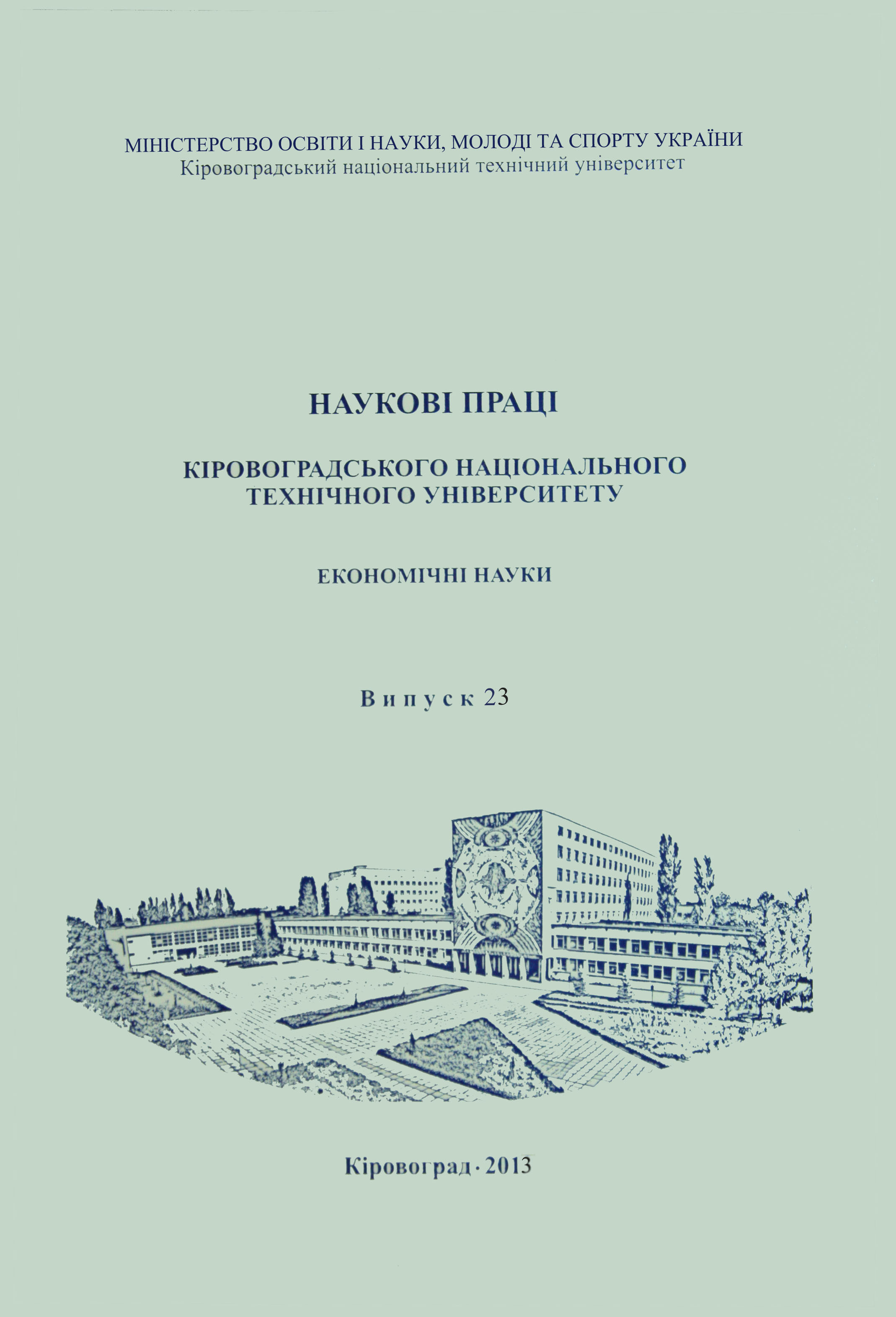Особливості оцінки нематеріальних активів
в бухгалтерському обліку
Main features of intangible assets evaluation in the accounting
Author(s): Viktoriia ShelestSubject(s): Economy, Business Economy / Management, Micro-Economics, Accounting - Business Administration, Socio-Economic Research
Published by: Кіровоградський національний технічний університет
Keywords: intangible assets; evaluation; national and international standards;
Summary/Abstract: The primary task of the published article is to analyze different approaches to the evaluation of intangible assets in International Valuation Standards, National Standards, International standards (IFRS), National Accounting Standards and American GAAP. There are a number of methods available to calculate the value of intangible assets. Some are specifically designed to measure the value of certain assets, while others are flexible enough to use on any type of intangible assets. The most widely recognized valuation methodologies fall into one of three categories: the cost approach, the market approach and the income approach. Each has strengths and limitations that make them more or less appropriate depending on the specific circumstances of the assignment. The cost approach seeks to determine the value of intangible assets by aggregating the costs involved in its development. This approach is most useful in cases where there is minimal economic activity to review, such as early-stage technology. The market approach to valuation of intangible assets is determined by comparing such assets to comparable assets that have recently exchanged under similar circumstances. An advantage of this approach is that it can be applied to a wide variety of intangible assets in a vast array of circumstances. The income approach addresses the ability of the intellectual property to generate cash flow. While the cost approach has specific applications in certain situations and with particular types of intangibles, and the market approach has its own limitations, the income approach is generally applicable to most situations and intangible assets.This paper reviews some of the pressing issues in the development of correct solutions in evaluating of intangible assets of a going concern business under the income, cost and market approaches. The important of improvement and development the existing methods of intangible assets evaluation for the purpose of accounting is shown.
Journal: Наукові праці Кіровоградського національного технічного університету. Економічні науки
- Issue Year: 2013
- Issue No: 23
- Page Range: 378-387
- Page Count: 10
- Language: Ukrainian

